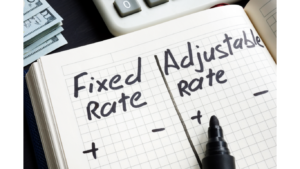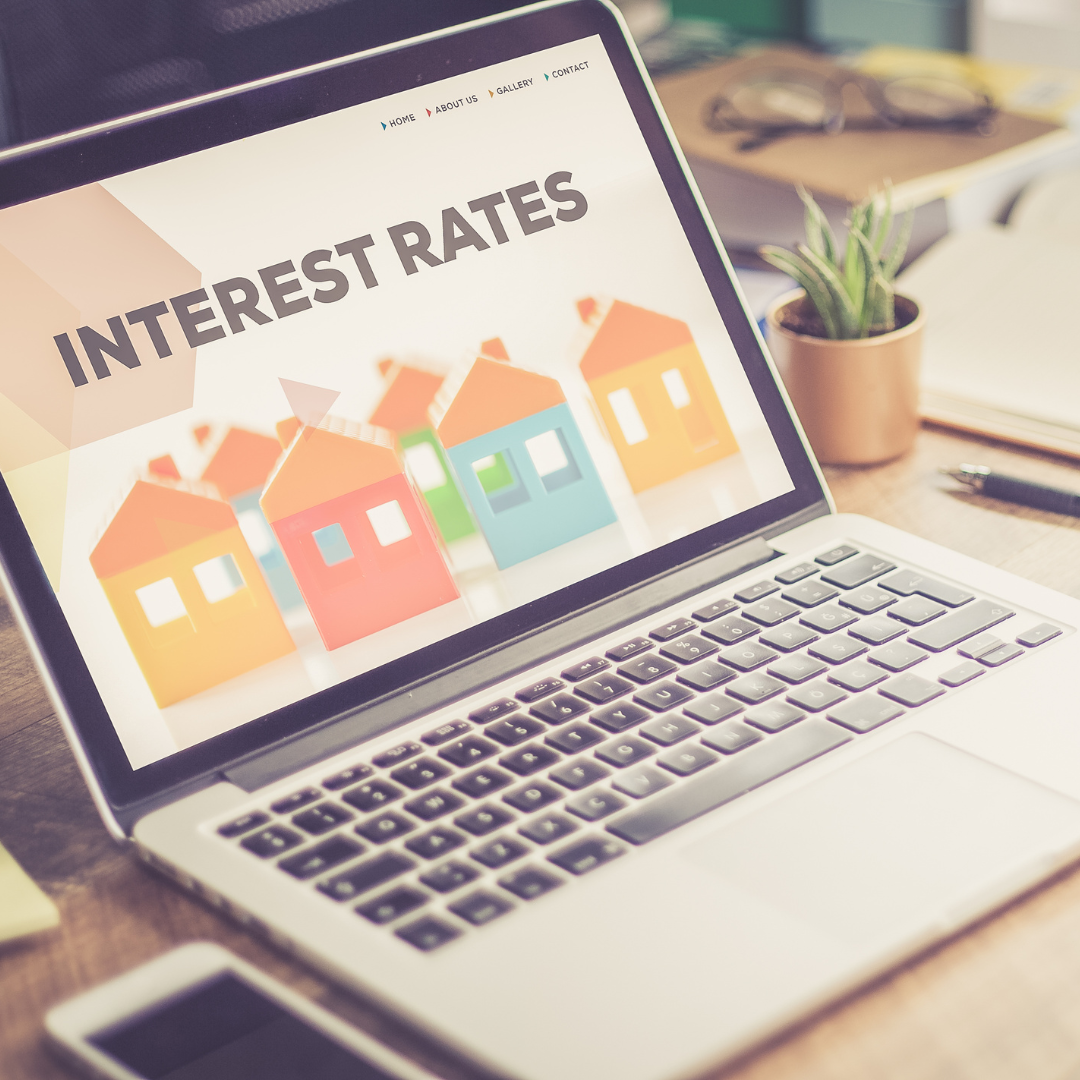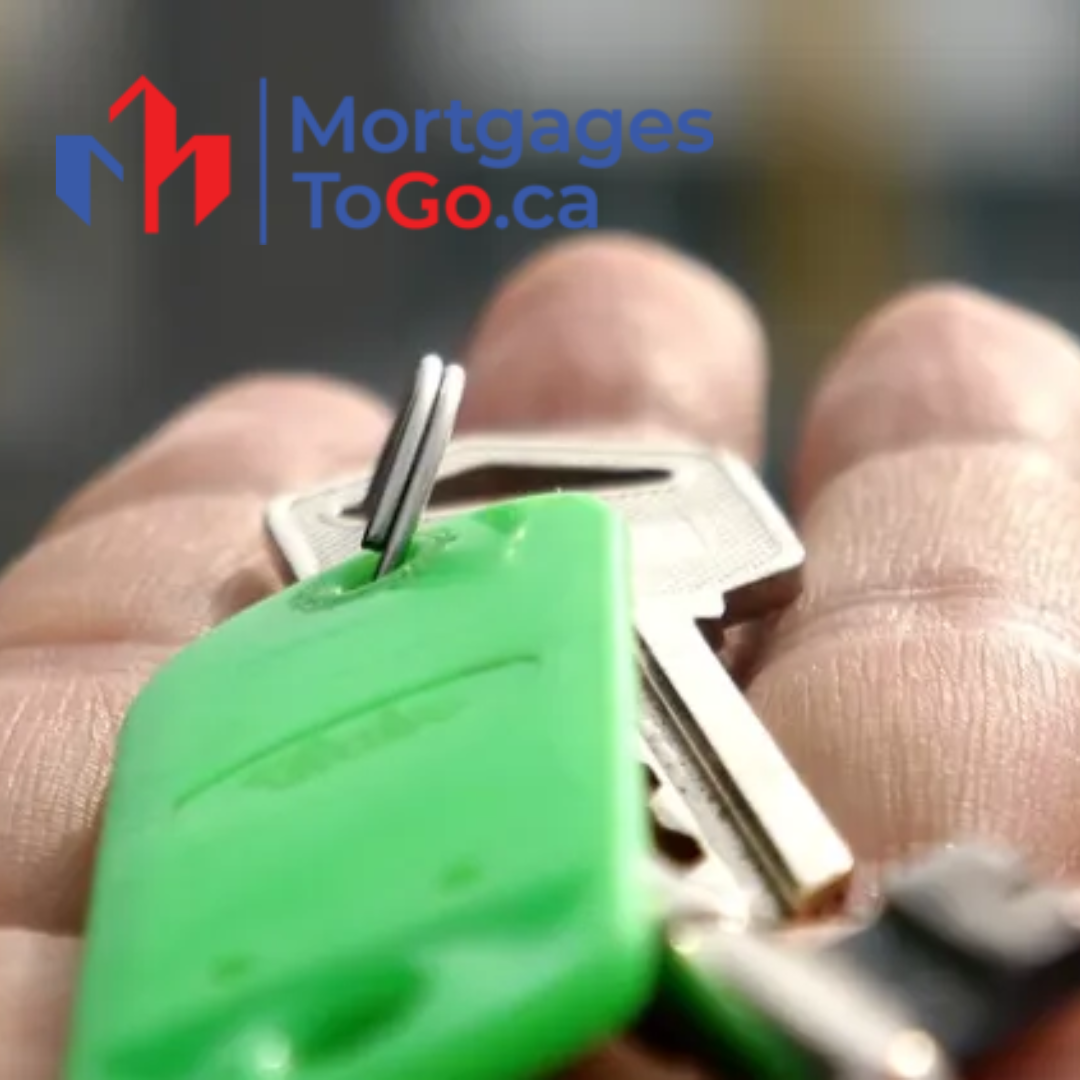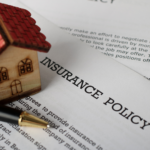Variable vs Fixed Mortgage Rates Mortgage

When it comes to mortgages, there are two main types of interest rates – variable and fixed. So, what’s the difference between the two? And which one is right for you?
Here’s a quick guide to help you decide:
If you’re looking for a mortgage with stable monthly payments, then a fixed-rate mortgage is probably your best bet. On the other hand, if you’re hoping to score a lower interest rate (and save some money in the process),
What are variable and fixed-rate mortgages?
When you’re shopping for a mortgage, you’ll hear about both variable and fixed-rate options. But what’s the difference?
With a variable-rate mortgage, your interest rate will change along with any changes in the prime lending rate. This means that your monthly payments can go up or down over time, which can be a benefit if rates are falling but may be a burden if they’re on the rise.
A fixed-rate mortgage has an interest rate that stays the same over the life of the loan, so your monthly payments will remain consistent even if rates fluctuate. This can provide some peace of mind if you’re worried about rates going up in the future.
Both types of mortgages have their pros and cons, so it’s important to weigh your options carefully before making a decision. Talk to a mortgage professional to learn more about which option might be right for you.
How do variable and fixed-rate mortgages work?
The majority of homebuyers choose a fixed-rate mortgage, but a variable-rate mortgage could be a better choice for you, depending on your financial goals.
With a fixed-rate mortgage, your interest rate is set for the term of your mortgage. This gives you stability and peace of mind, knowing that no matter what happens with the market, your payments will always be the same.
With a variable-rate mortgage, your interest rate can change over time. This means that your payments could go up or down depending on the state of the market. However, most variable-rate mortgages offer protection against rising rates, so you don’t have to worry about your payments suddenly increasing.
One of the benefits of a variable-rate mortgage is that you could end up paying less interest overall if rates go down. For example, let’s say you have a $300,000 mortgage with an interest rate of 5%. Over 30 years, you would pay $164,813 in interest. But if rates drop to 4%, you would only pay $143,739 in interest – that’s a savings of $21,074!
Of course, the flip side is that if rates go up, you could end up paying more in interest. However, most variable rate mortgages have a cap on how much your interest rate can increase over the term of your loan so you won’t be blindsided by sudden hikes.
At the end of the day, it’s important to sit down with a mortgage expert to figure out which type of mortgage is right for you and to understand all the costs associated with each type before making a decision.
The benefits and risks of variable and fixed rate mortgages
Mortgage borrowing is a popular way to finance the purchase of a home. There are two main types of mortgages available: variable rate and fixed rate.
A variable-rate mortgage has an interest rate that changes over time in line with market rates. This means that your monthly repayments could go up or down, depending on the financial markets.
A fixed-rate mortgage has an interest rate that is locked in for a set period of time, usually between 2 and 5 years. This means that your monthly repayments will stay the same for the duration of the fixed term, no matter what happens to interest rates in the wider market.
Both types of mortgages have their own benefits and risks, which you need to consider before you decide which one is right for you.
The main benefit of a variable rate mortgage is that you could end up paying less interest overall if market rates fall during the life of your loan. The main risk is that you could end up paying more interest if market rates rise during the life of your loan.
The main benefit of a fixed-rate mortgage is that you know exactly how much your monthly repayments will be for the duration of the fixed term, so you can budget accordingly. The main risk is that you could end up paying more interest overall if market rates fall during the life of your loan.
How to choose the right mortgage for you
There are two main types of mortgages: variable rate and fixed rate. Both have their pros and cons, so it’s important to understand the difference before you make a decision.
A variable rate mortgage means that your interest rate can change over time. This means that your monthly payments could go up or down, depending on market conditions. The benefit of a variable rate mortgage is that you may get a lower interest rate than a fixed rate mortgage, at least initially. The downside is that your payments could increase if rates go up.
A fixed-rate mortgage means that your interest rate will stay the same for the entire term of your loan, typically 15 or 30 years. This means that your monthly payments will stay the same, even if interest rates rise. The benefit of a fixed-rate mortgage is predictability – you’ll always know how much your payment will be. The downside is that you may end up paying more in interest if rates fall after you take out your loan.
The best way to decide which type of mortgage is right for you is to speak with a qualified mortgage professional who can help you understand the risks and benefits of each type of loan.
The pros and cons of variable and fixed rate mortgages
Mortgages are loans that are used to purchase property. The two main types of mortgages are fixed rates and variable rates. Each type of mortgage has its own set of pros and cons.
Fixed-rate mortgages have an interest rate that is set for the life of the loan. This means that your monthly payments will always be the same, even if interest rates rise in the future. The main advantage of a fixed-rate mortgage is predictability – you know exactly how much your monthly payments will be, and you can budget accordingly. The main disadvantage is that you may end up paying more in interest over the life of the loan if interest rates fall after you take out your mortgage.
Variable-rate mortgages have an interest rate that can change over time. This means that your monthly payments could go up or down depending on market conditions. The main advantage of a variable-rate mortgage is that you could end up paying less in interest over the life of the loan if market conditions are favorable. The main disadvantage is that your monthly payments could increase unexpectedly, making it hard to budget for other expenses.
Variable and fixed rate mortgage rates
Mortgage rates can be either fixed or variable. A fixed-rate mortgage has the interest rate set for the life of the mortgage while a variable-rate mortgage has an interest rate that can change over time.
There are benefits and drawbacks to both types of mortgages. With a fixed-rate mortgage, you know exactly how much your monthly payment will be and you don’t have to worry about your interest rate going up. On the other hand, with a variable-rate mortgage, your monthly payment could go up or down depending on market conditions.
The decision of whether to choose a variable or fixed-rate mortgage is a personal one and depends on your financial situation and goals. If you are comfortable with a bit of risk, you may want to consider a variable-rate mortgage. However, if you prefer stability, a fixed-rate mortgage may be the better choice for you.
How to get the best mortgage rate
There are two main types of mortgages: variable rate and fixed rate. A variable rate mortgage has a rate that can change during the term of the mortgage, while a fixed rate mortgage has a set interest rate for the entire term.
To get the best mortgage rate, start by shopping around with different lenders. It’s also important to compare rates from different types of lenders, such as banks, credit unions, and online lenders. When you’re ready to apply for a mortgage, be sure to compare loan estimates from multiple lenders to get the best deal.
Tips for shopping for a mortgage
When you’re in the market for a new home, one of the first things you need to do is shop for a mortgage. It’s important to choose the right type of mortgage for your unique situation, and that means knowing the difference between a fixed rate and a variable rate mortgage.
A fixed-rate mortgage has an interest rate that remains the same for the life of the loan, which means your monthly payments will never change. A variable-rate mortgage has an interest rate that can fluctuate over time, which means your monthly payments could go up or down depending on market conditions.
There are pros and cons to both types of mortgages, so it’s important to weigh your options before you make a decision. Here are a few tips to help you shop for a mortgage:
-Get pre-approved for a loan before you start shopping for a home. This will give you an idea of how much money you can borrow and what interest rate you can expect to pay.
-Compare rates from multiple lenders before you make a decision. Mortgages can vary greatly from one lender to the next, so it’s important to shop around and compare offers before you decide on a loan.
-Read the fine print carefully before you sign any paperwork. Make sure you understand all the terms and conditions of your loan before you agree to anything.
-Ask plenty of questions along the way. If anything is unclear, be sure to ask your lender or real estate agent for clarification.
Taking the time to shop around for a mortgage and compare offers from multiple lenders is the best way to ensure that you get a loan that’s right for you.
| MortgagesToGo.ca | |
| Website | Mortgagestogo.ca |
| Services | New purchase, refinancing and equity takeouts, mortgage transfer, mortgage renewal Rates |
| Rates | https://mortgagestogo.ca/mortgage-rates/ |
| Address | 12 Royal Vista Way NW #1110, Calgary, AB T3R 0N2 |
| Contact Details | (888) 888-5998 |
| Operating Hours | Monday – Friday 9 AM – 5 PM |








